Cardiac Rehabilitation Rebuilds Your Body
Diagnosis of a heart problem or a sudden heart attack is often followed by fear and anxiety. Through extensive education and a monitored exercise program, McLeod Health Cardiac Rehab patients increase capacity for work and play, decrease blood pressure and heart rate, reduce body fat, improve overall muscle tone and lower cholesterol and triglyceride levels. Phase 1 of Cardiac Rehab starts while patients are still in the hospital, meeting with a Cardiac Rehabilitation Nurse, who explains heart disease and assesses risk factors. Then, progressive, monitored activity puts patients back on their feet and on the road to recovery in Phases 2, 3, and 4.
Cardiac Rehabilitation services are available at the following McLeod Health hospitals: Florence, Cheraw, Clarendon, Dillon, and Seacoast.
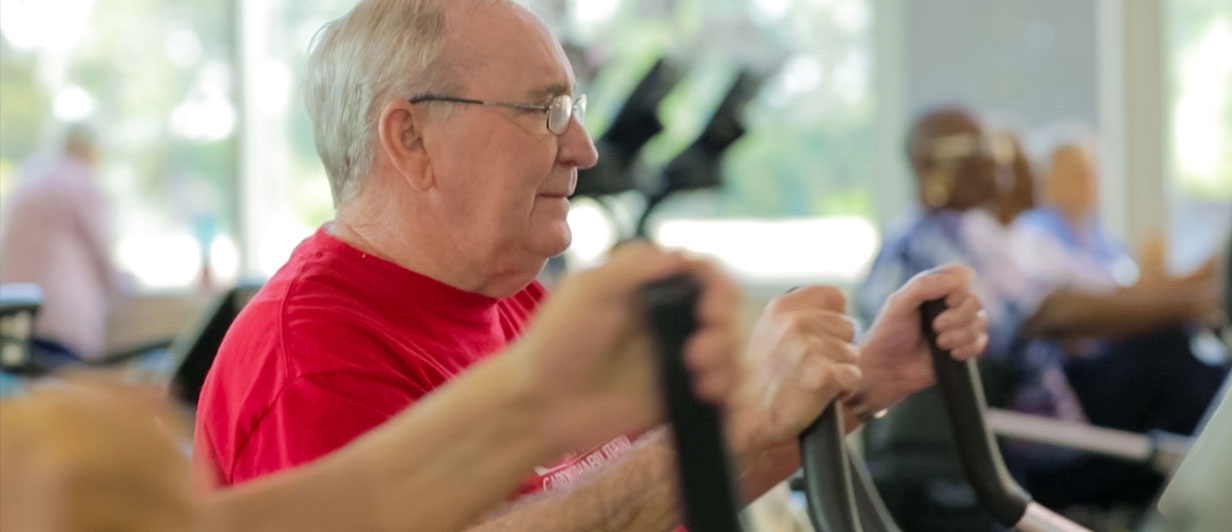
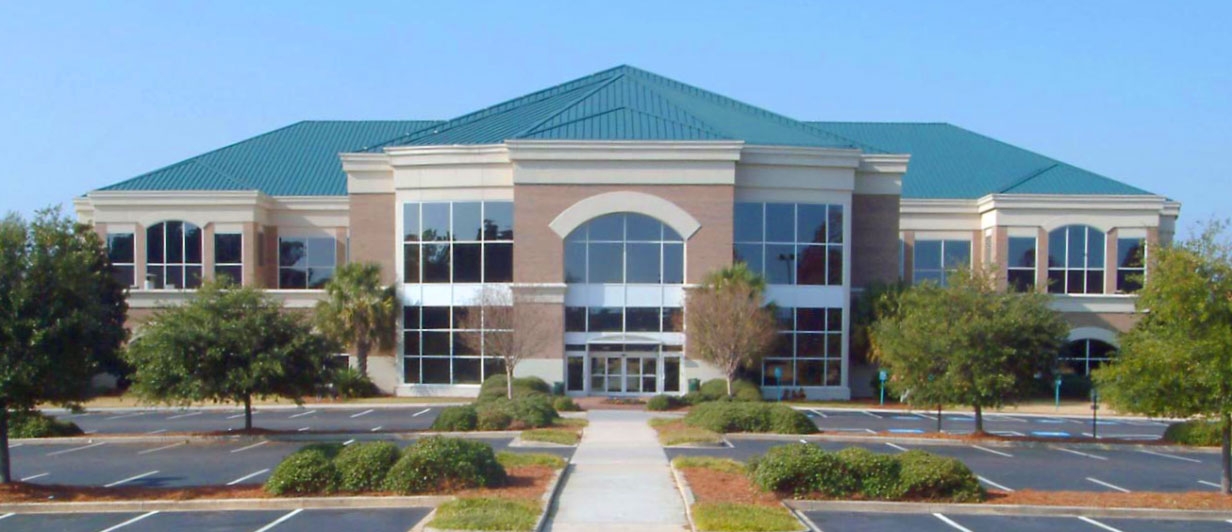
-
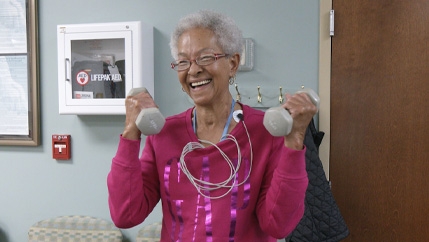
Phase 2: Mixes Education with Monitored Exercise
You learn more about nutrition, weight control, exercise, stress, medications and other health concerns. You participate in three monitored exercise sessions each week with activities, such as treadmill walking, stationary cycling and rowing. Phase 2 lasts anywhere from four to twelve weeks depending on insurance coverage. The cost of the program is usually covered with Medicare and most private insurance plans. Phase 2 is available at Cheraw, Dillon, Florence, Manning, and our Seacoast programs.
-
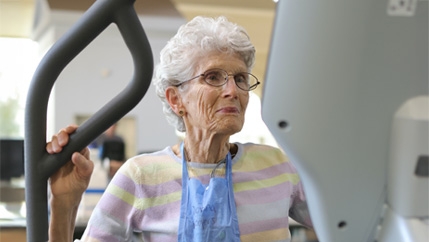
Phase 3: Three More Months of Monitored Exercise and Education
After completing Phase 2, or if you are at a high risk for heart disease, Phase 3 continues Rehab with supervised, structured exercise. Each week incorporates three supervised exercise sessions along with regular educational sessions. Phase 3 is not covered by insurance but you will find the cost is similar to a gym membership. Phase 3 is available at Cheraw, Dillon, Manning, and our Seacoast* programs.
*Phase 3 at Seacoast is comparable to a gym membership offering more flexibility with workouts.
-
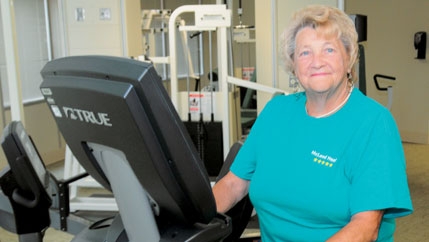
Phase 4: Optional Supervised Exercise Continues
After Phase 3, for those with a continuing need of medical supervised exercise, they’ll find it in Phase 4. This is also not covered by insurance and the cost would be similar to a gym membership. Phase 4 is available at our Cheraw program.
For those patients with acceptable progress who wish to continue exercising without supervision can access the many fitness programs offered by:
- The McLeod Health and Fitness Center (Florence),
- McLeod Center for Health & Fitness (Loris) or
- McLeod Health and Fitness Clarendon (Manning)
-
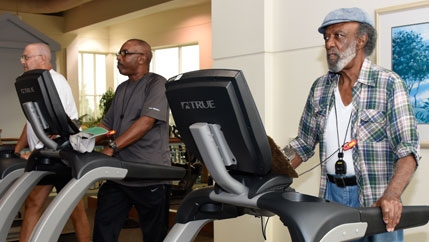
Vascular Rehab
Vascular Rehabilitation is a walking program that is a part of the Cardiac Rehabilitation program offered at McLeod. Patients referred to McLeod Vascular Rehabilitation will work with a team of health care professionals, who will develop an individualized walking program designed to meet the goals and needs of the participant.
The McLeod Vascular Rehabilitation program can:
- Let you walk longer and farther without claudication, an ache in the legs during exercise that goes away with rest.
- Let you move and be more active.
- Add to overall health and well-being.
- Help control blood sugar and blood pressure
The Vascular Rehab program is available at Cheraw, Dillon, Florence, Manning, and our Seacoast programs.
-
McLEOD REGIONAL MEDICAL CENTER FLORENCE
843-777-2000 -
McLEOD DARLINGTON
843-777-1100 -
McLEOD DILLON
843-774-4111 -
McLEOD LORIS
843-716-7000 -
McLEOD SEACOAST
843-390-8100 -
McLEOD CHERAW
843-537-7881 -
McLEOD CLARENDON
803-433-3000



-
McLEOD REGIONAL MEDICAL CENTER FLORENCE
843-777-2000 -
McLEOD DARLINGTON
843-777-1100 -
McLEOD DILLON
843-774-4111 -
McLEOD LORIS
843-716-7000 -
McLEOD SEACOAST
843-390-8100 -
McLEOD CHERAW
843-537-7881 -
McLEOD CLARENDON
803-433-3000
 Find a Doctor
Find a Doctor  Locations
Locations  Services
Services